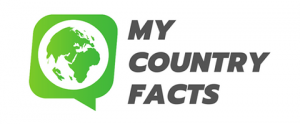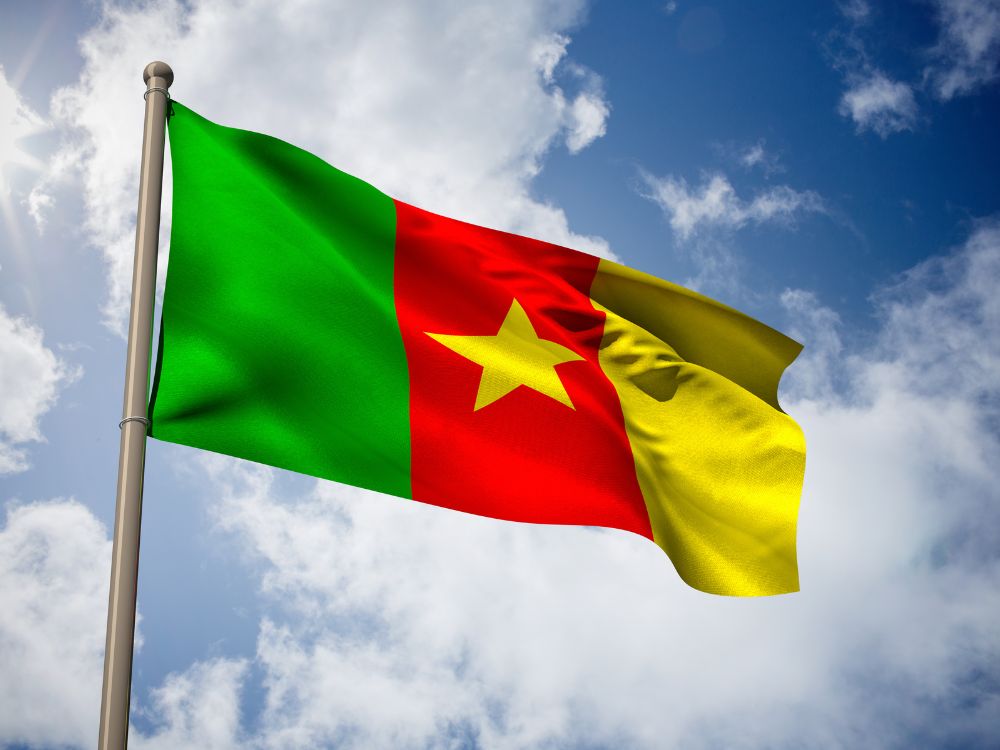As one of the countries with the richest biodiversities in the world, the Republic of Cameroon qualifies as a prime candidate to your bucket list.
From recently erupted volcanoes and endangered species of frogs to the oldest forest in Africa and unique tribes like the Baka, here are 16 reasons you’ll want to visit the country.
1. The Largest City That’s Not The Capital City
Contrary to what happens in most countries, Cameroon’s largest city, Douala, is not the country’s administrative capital. The coastal city located in the Wouri River delta is rather the economic capital of the country and the richest in the CEMAC region.
2. Petroleum Makes Up Over 50% Of Cameroon’s Exports
Besides exporting gold, natural gas, rough wood, coffee, aluminum, cocoa beans, and cotton, Cameroon also exports crude petroleum, which makes up over 50% of all the exports!
3. Mount Cameroon: The Active Volcano
Mount Cameroon boasts the most frequent volcanic eruptions in West Africa. The most recent eruption of the 4,040 meters (13,254 feet) mountain was in 2012.
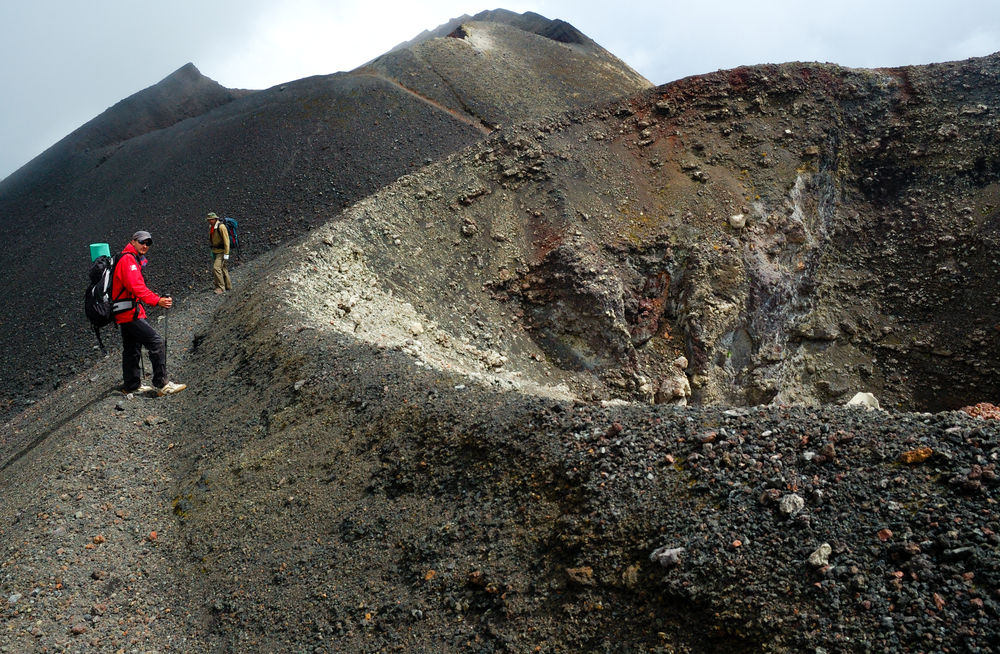
The mountain also has the fourth most significant peak in Africa and the highest peak in Central Africa and sub-Saharan Africa.
4. Africa In Miniature
Cameroon’s diversity of cultures and geology earns it the codename “Africa in Miniature”. It’s a country of varying landscapes of mountains, rainforests, beaches, deserts, and savannas.
The cultural diversity of the many Cameroonian ethnic groups is an interesting phenomenon, such as the traditional dances of men from the country’s Babungo Kingdom and the hunter-gatherer lifestyle of the Baka people.
5. Cameroon Is Triangular
Cameroon has an interesting triangular shape sandwiched between the Atlantic Ocean, Equatorial Guinea, Gabon, the Republic of the Congo (Congo-Brazaville), the Central African Republic, Chad, and Nigeria.
6. The World’s Largest Frogs And Potential Extinction
Cameroon and Equatorial Guinea are home to the Onrua goliath or the Goliath frog, the largest species of living frogs in the world. The frogs can weigh up to 3.25 kg (7.17 pounds) and 12.99 inches!

Goliath frogs are now an endangered species staring at possible extinction.
7. One Country, Three Colonizers
Kamerun, as Cameroon was known initially, was colonized by Germany, Britain, and France. Germans colonized the country before World War I, after which the other two colonizers took over following the fall of Germany.
The United Republic of Cameroon was formed after French Cameroon, which was ruled from Yaounde, and English Cameroon, gained independence on 1st January 1960 and 1st October 1961, respectively.
8. One Of The World’s Wettest Places
The village of Debundscha located at the foot of Mount Cameroon overlooking the Atlantic Ocean, is one of the five wettest places on Earth.
The long wet season and an annual rainfall of about 405 inches are attributable to the closeness of the village to the equator and its location between the mountain and the Atlantic coast. The mountain blocks rain-bearing winds and forces them to fall on the village at its foot.
9. Meet President Paul Biya
If you are lucky enough, you might meet Cameroon’s long-serving national leader. President Paul Biya took over power after an election in November 1982 and has been at the helm ever since!
10. One Of Africa’s Most Ethnically Diverse Countries
With over 250 tribes, Cameroon is an ethnically diverse country, joining other African countries like Nigeria, Niger, and the Democratic Republic of the Congo, which have over 200 ethnic groups.
Besides the many indigenous Nilotic, Bantu, and Cushitic languages, Cameroonians also speak French and English as the country’s two official languages.
11. Rich Biodiversity
Cameroon has extensive biodiversity comprising of many rare flora and fauna unique to tropical Africa.
The Republic of Cameroon is home to over 375 bird species and over 405 mammal species. It also hosts the Cross-River gorillas, the rarest great ape in the world.
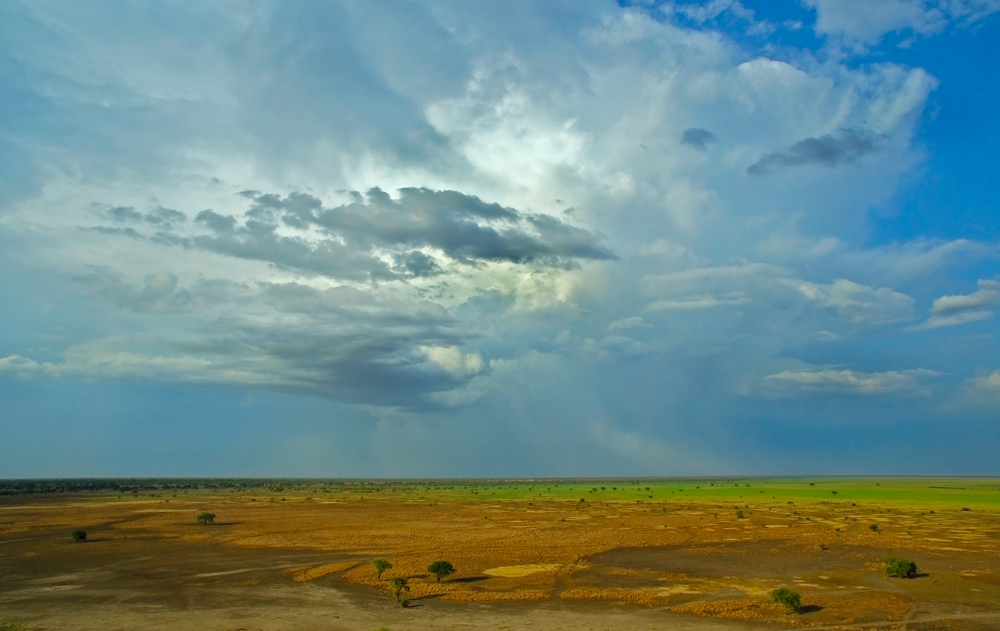
Cameroon’s Waza National Park is home to lions, hartebeests, Sudan cheetahs, African bush elephants, over 370 bird species, and waterbucks.
12. Cameroon Wins Big In Football
Unlike most African countries, Cameroon wins big when it comes to football. The Cameroonian national football team, the Indomitable Lions, had an amazing performance in the World Cup in 1982 and 1990. It reached the quarter-finals in the FIFA World Cup of 1999.
Cameroon also dominates the African football scene and has claimed five titles in the African Cup of Nations.
13. Sharing A Struggling Lake Chad
Cameroon shares Lake Chad and its basin or wetlands with three other African countries—Nigeria, Chad, and Niger.
Known long ago as Lake Mega Chad, the now struggling lake spread over 150,000 square miles (400,000 square kilometers) at its peak around 7,000 years ago. It was then slightly bigger than the Earth’s biggest lake, the Caspian Sea.
14. Portuguese Explorers And Rio dos Camarões
The name Cameroon borrows from Rio dos Camarões, which means “River of Prawns”. It was the name given by 15th and 16th-century Portuguese explorers to the estuary of the Wouri River because of its high population of crustaceans.
15. Cameroon Has Two Lakes Saturated With Carbon dioxide
Lake Nyos and Lake Monoun, both found in Cameroon, are two of the three lakes on Earth known for their saturation with carbon dioxide. The third one is Lake Kivu in neighboring DRC.
A limnic eruption on 21st August 1986 at the Lake Nyos crater lake released copious amounts of carbon dioxide that killed about 3,500 livestock and 1,746 humans.
Given my fear of death by asphyxiation, the 208-meter-deep lake is one of the water bodies I wouldn’t want to play around with—quite literally!
16. Cameroon Is Home To Africa’s Oldest Forest
The Korup National Park Forest in the Republic of Cameroon is Africa’s oldest forest, at around 60 million years of age!
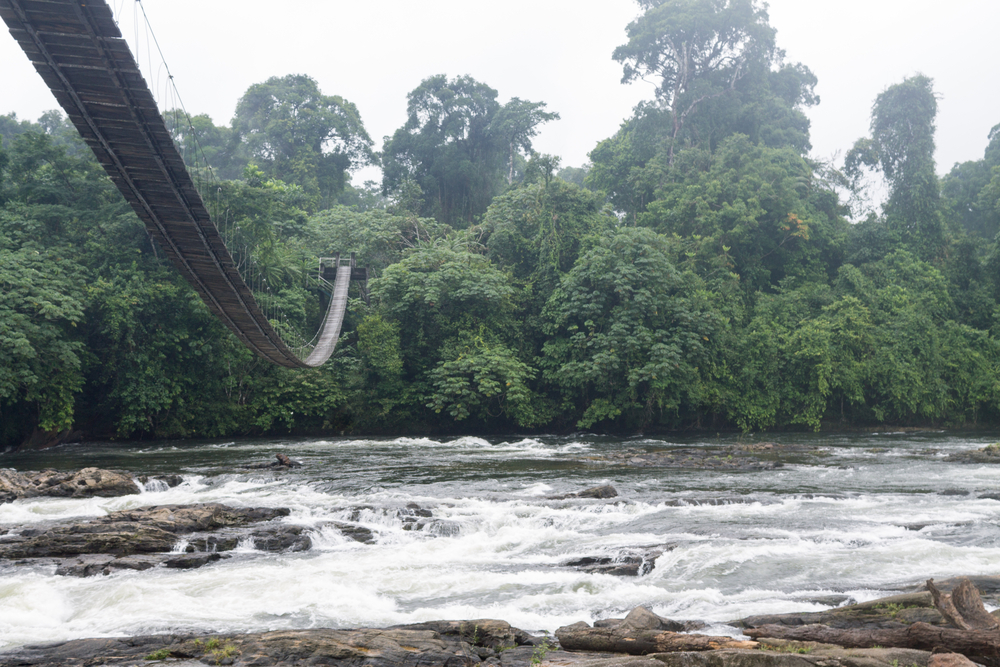
The forest, which measures about 1,260 square kilometers, is one of the country’s most curious places. You can visit the protected rainforest to see its rich biodiversity of trees, plants, primates, birds, and duikers.
